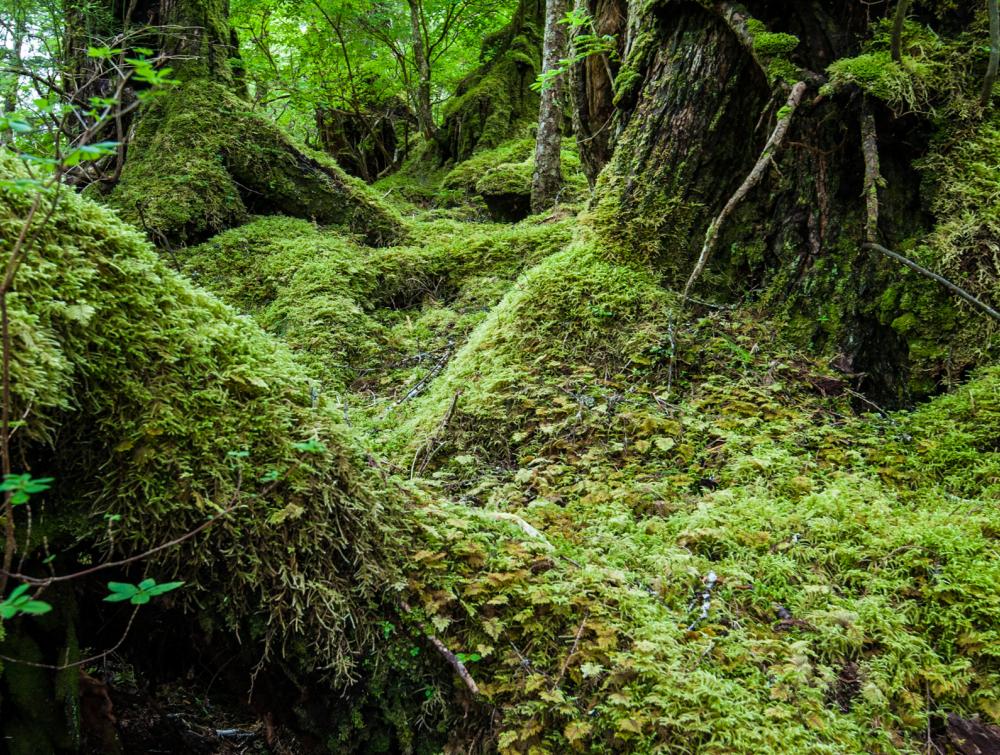Conserving Roadless Areas

Tongass National Forest, Alaska
Nelson Guda
Why protect roadless areas in forests?
Roadless forests have great benefits to all of us. They:
- Produce some of the purest water in America.
- Provide some of the best haven from wildlife, including many threatened species.
- Are a natural playground for children and adults. Each year millions of people visit our national forests to fish, watch wildlife, camp, hike and ski.
Why roadless areas?
Because the government has protected these forests as officially designated ‘roadless forests,' the timber boom that lasted four decades (from the 1950s-1980s) did not affect them, and mining and other reckless development has not yet destroyed these treasured areas.
Conserving our roadless areas will protect America’s backcountry lands that provide wildlife habitat, clean water and air, incredible outdoor experiences and sustainable jobs.
Law of the land
Hailed as one of the greatest and most successful conservation measures in recent history, the Roadless Area Conservation Rule of 2001 protected 58.5 million acres of America’s roadless forests. Even though roughly 1.7 million people submitted public comments overwhelmingly in favor of it, the law remained under attack from powerful logging and energy industries. However, the courts dismissed their arguments and the rule is now officially the law of the land.
State roadless rules
Two states, Colorado and Idaho, have proposed their own roadless rules with loopholes that threaten their forests and the communities that depend on them.
Colorado is trying to convince the Forest Service to institute a more industry-friendly roadless rule for the 4.2 million acres of national forest roadless areas in the state. This would open the door for coal mining, ski area expansion and oil drilling in many sensitive areas.
In Idaho, the Bush administration adopted a state-specific rule that eliminates all protection for 400,000 acres of Idaho’s roadless areas and weakens protection for another 5 million acres.
The Wilderness Society and local partners are continuing to fight these efforts to weaken protection of roadless areas.
Permanent protection
The Roadless Area Conservation Act (S. 1891/H.R. 3465) is the congressional companion to the landmark Roadless Rule. Like the Rule, it would permanently protect America’s last remaining 58.5 million acres of roadless national forests in 38 states.
